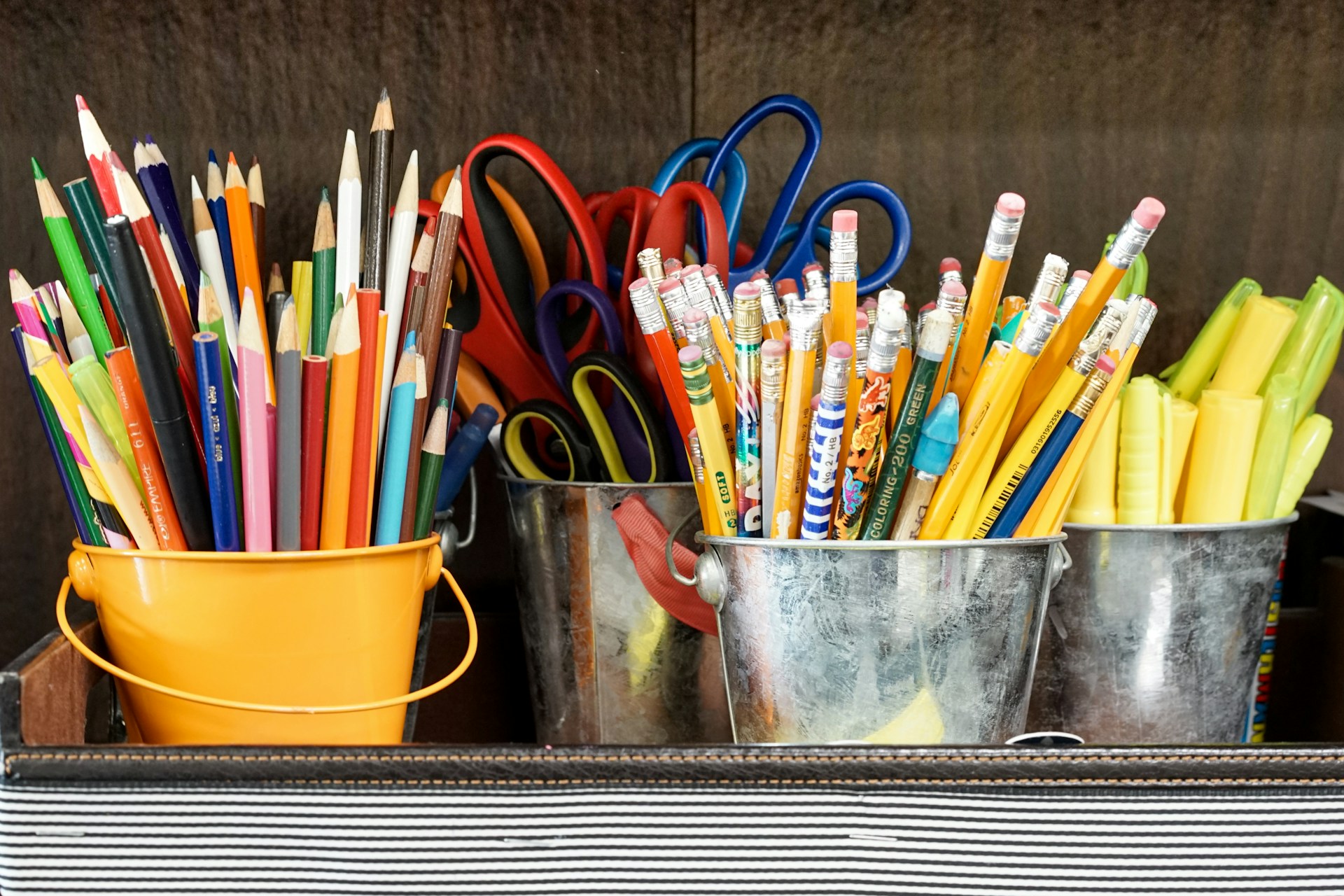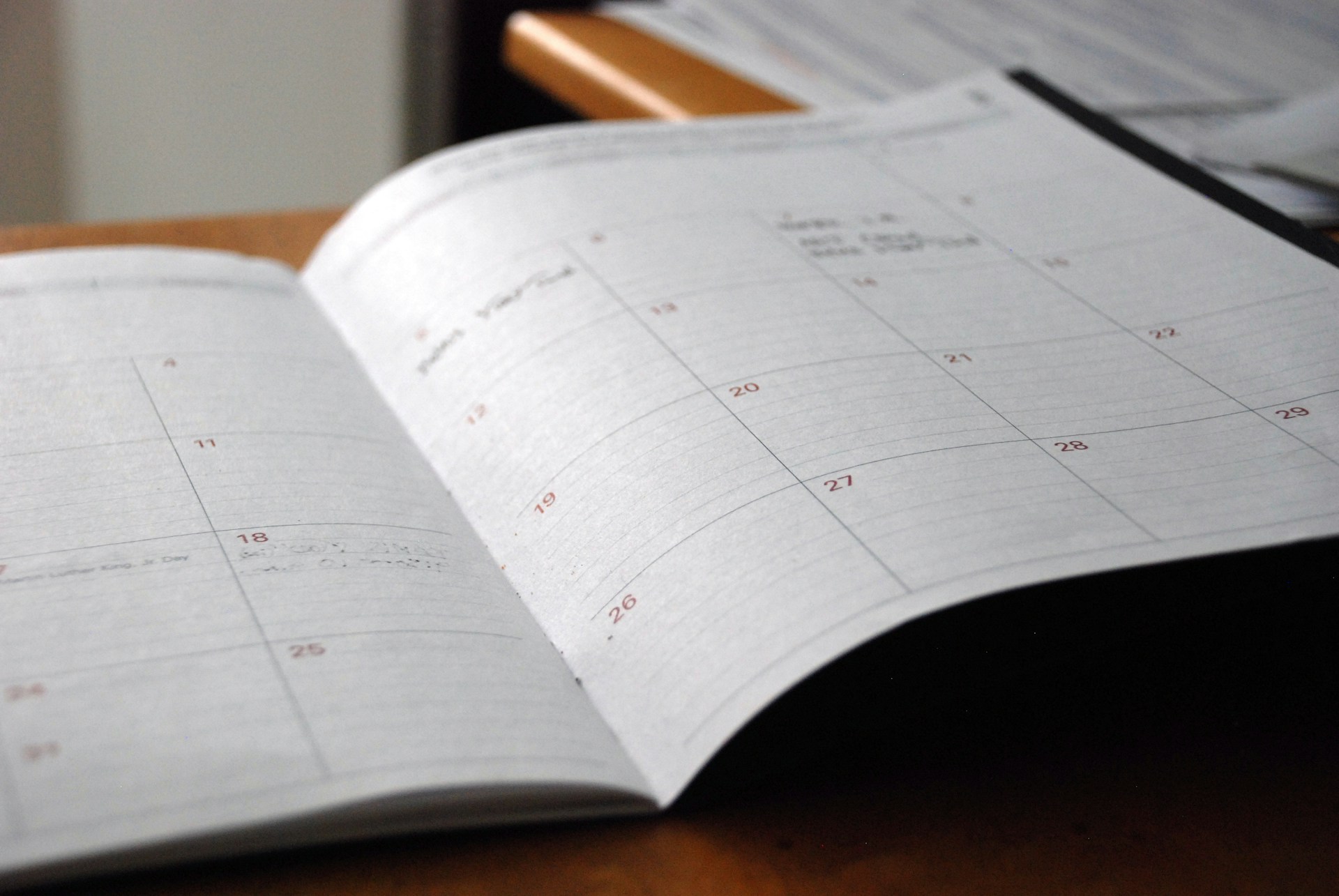Tip #1: Start with the entire curriculum and set clear goals
Many early career teachers (ETCs) don’t know where to begin when planning lessons. However, studies have suggested that starting with the entire curriculum and working backwards can offer direction and structure when planning lessons. Understanding the broader context of the curriculum can help ECTs align individual lessons with overarching goals.
By focusing on the bigger picture, you will better understand what content and activities you need to prepare for. It will also provide you with the flexibility to adapt lessons while assessing whether relevant knowledge and skills have been acquired before progressing.
After determining what students need to know for each unit, you can start planning how to get them to this point. Keep in mind how many weeks or months you have to get your students towards the end objective and plan your lesson activities accordingly.
Also be sure to set clear goals when planning lessons. Ask yourself questions like ‘what do I want my students to learn?’ and ‘how can I measure their progress?’. This will help you create objectives that are specific, measurable, attainable, relevant and time-bound (SMART).








